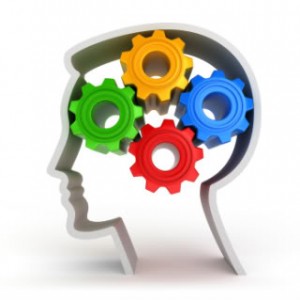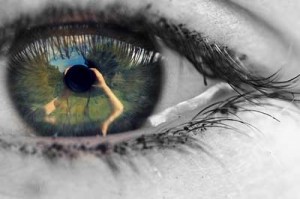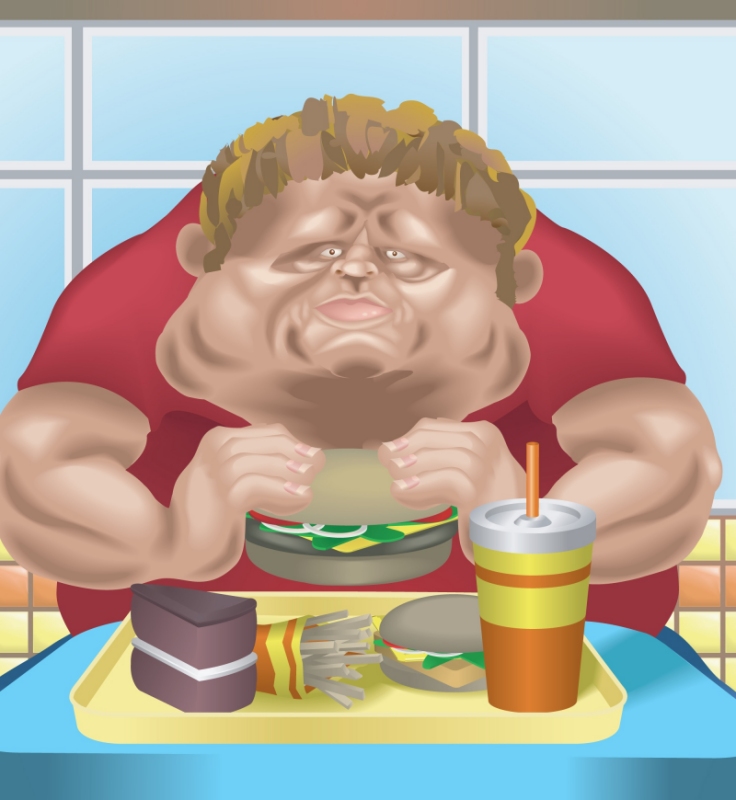Visualization and imagination will work with you!
WHAT IS VISUALIZATION?
In laymen’s terms, it means recreating all the images, sounds and feelings in your mind surrounding an activity in order to practice in a perfect environment.
It may sound hard, but let me prove to you that you can do it.
Take a couple of minutes to close your eyes and imagine yourself going to the kitchen and getting a cup of coffee.
Try to imagine every detail, even the smell of the coffee.
Were you able to imagine the cup of coffee? Maybe you were using your favorite cup, and that awesome coffee brand that you love. You may even want a cup of coffee right now. That’s how visualization works.
Don’t worry if you didn’t catch all the details, just like any other skill, you need to practice. However, it is worth the time it takes to learn it.

SOME PROOF THAT THIS TECHNIQUE WORKS
This example has been used to death because it proves visualization works time and time again.
Australian Psychologist Alan Richardson made a little experiment. He took a group of basketball players, divided them in 3 groups and tested each player’s ability to make free throws.
The first group would practice 20 minutes every day.
The second would only visualize themselves making free throws, but no real practice was allowed.
The third one would not practice or visualize.
The results were astounding. There was significant improvement on the group that only visualized; they were almost as good as they guys who actually practiced.
Another great example comes from one of my favorite artists. Emilie Autumn, who is a great violinist, and claims that her music writing skills were developed by playing Pachelbel’s Canon in D mentally every night just to suppress her auditory hallucinations.
She would picture herself playing it with her violin while still being very young. Imagine all the hours she accumulated playing in her mind. That could actually get you closer to the 10,000 hour mark.
HOW TO USE VISUALIZATION

Visualization is simple, but it requires you to practice often to get the best results out if it. Just follow the steps and enjoy the process:
Relax: Take a couple of deep breathes, let go of all the tension, and close your eyes. It works even better if you find a quiet spot where nobody will bother you. I do it right before I go to bed.
Start imagining the environment: Let’s say you want to play guitar. Start by imagining your guitar, the shape, then the strings, the thickness of each string, until you have a clear and defined picture of your guitar.
Third person view: Now imagine yourself coming closer to the guitar look at your hands and slowly add detail to the image. Look at how you sit and hold the guitar, always trying to add as much detail as possible.
First person view: Feel the guitar in your hands, feel each string and also focus on the sound that each string produces. Allow yourself to start playing, just as you would do in practice with the same exercises. Imagine yourself playing through the whole set without failing or stopping, just as if you were an expert.
Wrapping it up: Allow yourself to slowly come back. You completed your practice and the image slowly fades. When you feel ready, open your eyes again.

The steps above work because you are strengthening the paths for that skill in your brain. Your mind doesn’t even notice the difference, so practicing this way during those times where you are away from your practice environment can truly help you improve.








